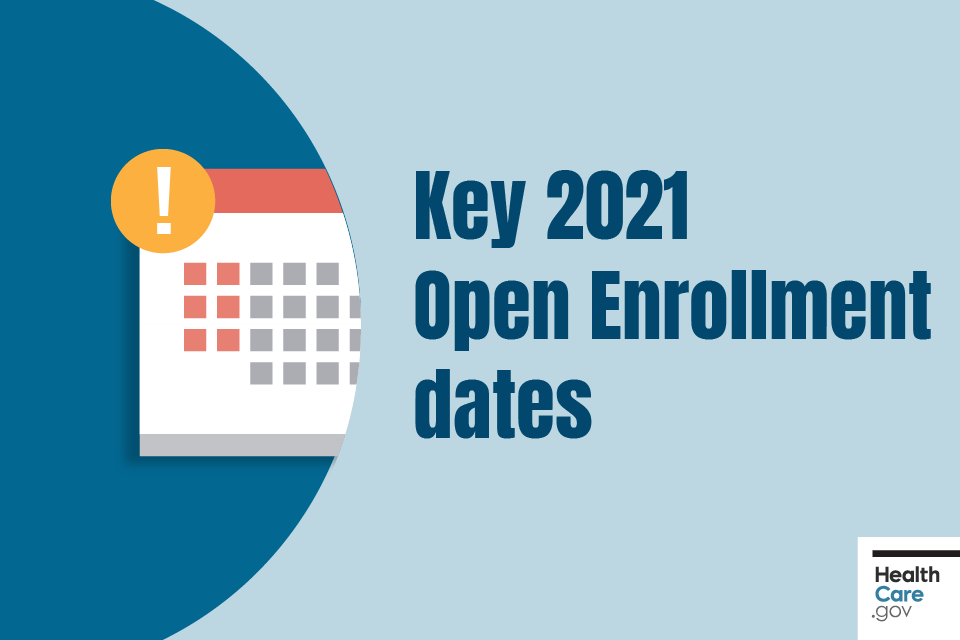Chronic diseases are typically progressive (become worse) and clients living with these types of conditions require advanced care as their illness progresses. For instance, patients with cardiac arrest or HIV/AIDS need disease-specific care to handle their many medications, treatments, appointments, diet plan, and conclusion of activities of everyday living (ADLs). Numerous individuals desire to be as independent as possible and are more comfy at house. Offering helpful house healthcare services allows them to do this. Patients with ____ might gain from house health care. Select all that apply. Terminal health problem Persistent illnesses Spastic paralysis HIV/AIDS Birth flaws Kidney failure Numerous sclerosis Stroke Swallowing difficulties Physical disabilities Cognitive impairments Dementia Hearing impairments Heart failure Persistent obstructive pulmonary disease Wounds Asthma Arthritis Diabetes High blood pressure Vision disabilities Cancer Program Response If you selected all of the answer options, you are appropriate.
House healthcare employees and personal care aides serve individuals of any ages, culture, ethnic culture, gender, and type of special needs or disease. In 1813, the Ladies Benevolent Society, (LBS), a group of women volunteers in Charleston, South Carolina, began the first efforts at supplying home care services (Buhler-Wilkerson, 2001). These inexperienced females were the very first to supply direct care services within people's houses. The POUND visited the sick poor in their houses, helped them to acquire medications, food, and products such as soap, bedding, and blankets. They likewise helped to supply them with nurses, although these nurses were untrained.
These females rapidly realized that qualified nurses were required to help the ill poor, as establishing friendships alone could not assist avoid or cure illness (Buhler-Wilkerson). They began to hire skilled nurses, who they called "visiting nurses." This concept happened based upon the "district nurse" model which was developed in England (Buhler-Wilkerson). The National Nursing Association for Providing Trained Nurses for the Sick Poor was produced in England in 1875 (Buhler-Wilkerson, 2001). This organization trained, arranged, and developed standardized practices for district nurses who worked within individuals's houses. In addition to participating in to the physical requirements of their patients, these checking out nurses Drug Abuse Treatment worked to teach the ill poor about how disease is spread and how to keep a tidy house in order to avoid the spread of infection.
By 1890, there were 21 home care visiting nursing associations (Buhler-Wilkerson). The need for nursing care within the home continued to grow. This requirement grew to not just looking after the ill poor, but also to provide preventative services to infants, children, mothers, and to care for clients with infectious diseases such as tuberculosis. Although the death rate for contagious illness had actually declined, there was a growing concern for avoidance and good health. By 1909, the Metropolitan Life Insurance coverage Business began to send nurses into their insurance policy holders' houses to offer nursing services (Buhler-Wilkerson). Their hope was that offering house nursing care would decrease the amount of death advantages claimed.
Lillian Wald, a nurse, is credited for developing the Henry Street Settlement and with defining the term "public health nursing". The nurses who operated at the Henry Street Settlement visited the sick in their homes, and also provided social services for people throughout the city. In addition to the Henry Street Settlement house, the company grew to consist of numerous nursing houses throughout the city to satisfy the growing requirement for nurses within neighborhoods. These nurses likewise held classes for their next-door neighbors to teach woodworking, sewing, cooking, English, and home nursing (Buhler-Wilkerson, 2001). They established kindergartens and various social clubs to meet the requirements of their communities.
The Basic Principles Of How To Check Battery Health On Macbook
In the late 1920s, numerous of the house care firms closed due to the bad economy and the nursing scarcity during The second world war (Buhler-Wilkerson, 2001). The facility of healthcare facilities led to a design where patients moved from getting care in the homes to into healthcare facilities. Regardless of experiments by The Medical insurance Plan of Greater New York and Blue Cross to include house care services, protection for going to home care was not universally supplied at that time (Buhler-Wilkerson) (How does health insurance deductible work). By the late 1950s and early 1960s, however, it ended up being clear that there was again a growing requirement for house care services.

The expense of hospitalizations started to be evident, and the long-term results on lengthy institutionalizations started to be studied (Buhler-Wilkerson). In http://shanestzj876.timeforchangecounselling.com/an-unbiased-view-of-what-is-home-health the U.S., it was not till 1965, when Medicare was developed for individuals over 65 years of age, that home care services were once again covered by insurance (Buhler-Wilkerson, 2001). Medicare is a federal health insurance program. Medicare now also spends for patients with kidney failure and certain specials needs. According to the U.S. Department of Health & Person Services, Centers for Medicare & Medicaid Services (2010 ), patients who receive house services through Medicare should be under the care of a physician who licenses the requirement for proficient nursing care, physical treatment, speech-language pathology services, or occupational treatment.
This suggests that it is either unsafe for the clients to leave their house or they have a condition that makes leaving the home tough. Medicare offers "periodic" house care, meaning house care is not needed on a full-time basis. While Medicare will often pay the full expense of most covered house health services, they do not pay for 24 hr a daycare. Medicare might also cover to 80% of unique devices the patient needs, such as a wheelchair or walker (U.S. Department of Health & Human Solutions, Centers for Medicare & Medicaid Providers). is a joint state and federal medical insurance program.
Department of Health & Person Solutions, Centers for Medicare & Medicaid Services, 2010). Medicaid provides protection for low-income clients and families. Eligibility for this program depends on earnings, number of people in a household, and other circumstances. It is essential to bear in mind that not everyone is qualified to get Medicare or Medicaid, and house care services may not be covered completely. Agencies who get reimbursement through Medicare or Medicaid should meet certain guidelines, consisting of the requirement that HHAs get formal training and Substance Abuse Facility pass certification tests. Due to the growing requirement for house care services, and in an effort to minimize expenses to insurance programs such as Medicare, the requirement for house health assistants (HHAs) and personal care assistants (PCAs) continues to increase.
Unlicensed personnel such as home health assistants and personal care assistants are vital members of the house health care team. Every member of the home healthcare team has a role to play. When all members collaborate, they can accomplish the goal of caring for the patient. This information is based upon the Occupational Outlook Handbook from the U.S. Department of Labor, Bureau of Labor Stats (2014 ). The information within this section is based on normal expert requirements within the United States. For requirements concerning governing laws within particular countries or states, details should be acquired from those specific nations and states.
